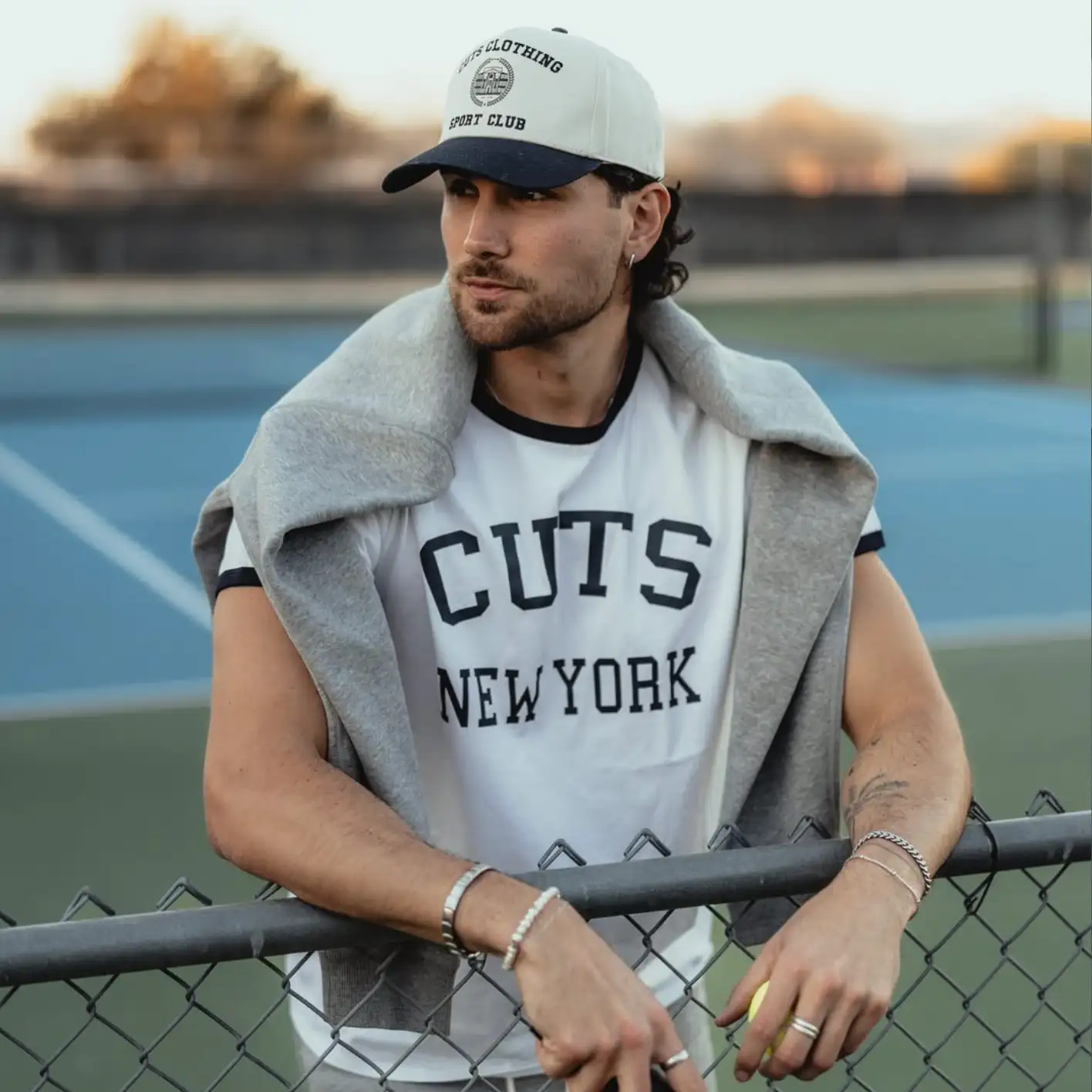There is a moment every founder remembers. For Steven Borrelli, it happened in a conference room when his boss waved him out and said his shirt was not good enough for work. That experience revealed a gap in the market. Men wanted a shirt that felt athletic without a flashy logo, that looked polished without feeling stiff, and that could move from laptop to lunch to late night without needing to do an outfit change.
It took Steven Borrelli eight years of stubborn focus to build Cuts into a global brand.
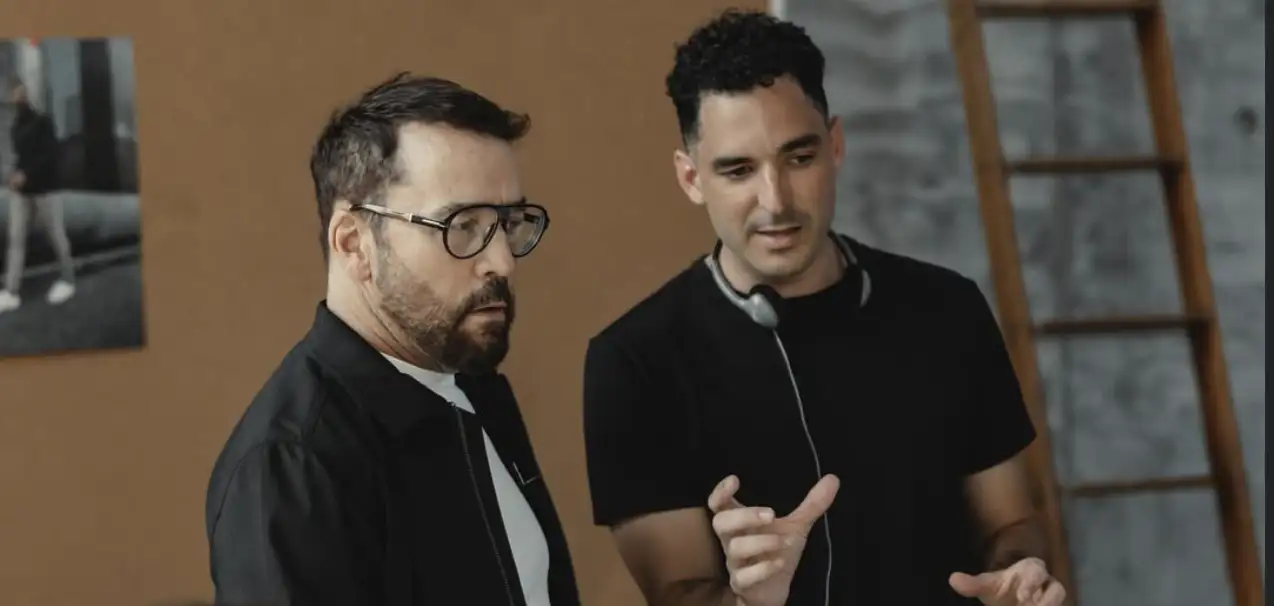
Cuts did not begin as an empire. It began as a single tee in a parents’ basement, a small friends-and-family Facebook group, a Kickstarter campaign, and personal credit card that served as the initial source of funding to get the first run off the ground. As Steven puts it, “We did really our first 50 million with just one fabric.” From there, the playbook stayed simple. Make one thing great. Let customers shop by cut. Earn the right to expand.
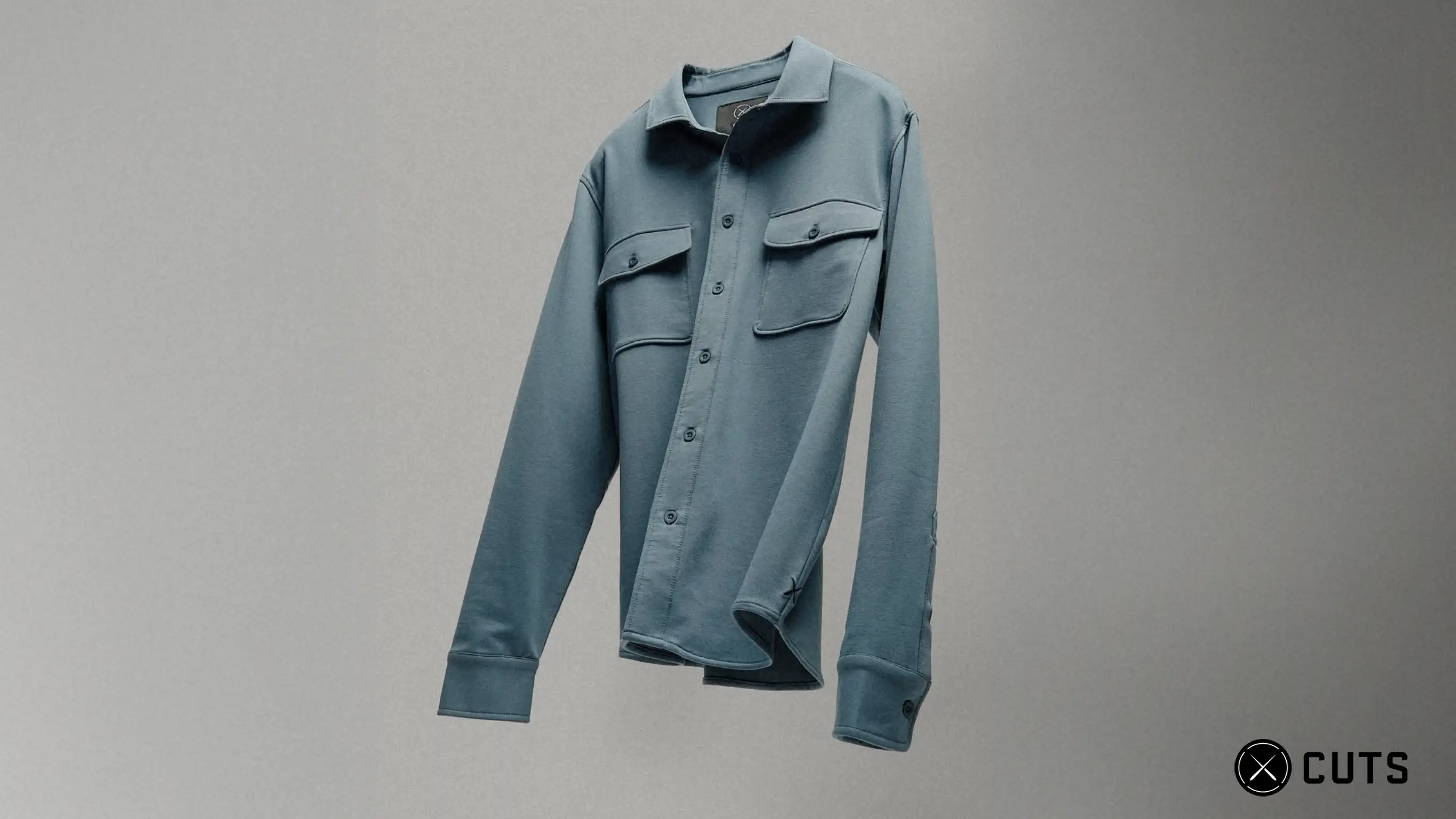
The Spark
Steven’s journey into fashion was born from rejection. “My boss kicked me out of a meeting and he said, that shirt’s not good enough for the workplace.” That one comment sparked the idea for a new kind of shirt, sleek enough for the office, comfortable enough for the gym, and versatile enough for everything in between.
He explains the positioning simply: “Our tagline is we operate to inspire those to compete in the winningest sport of business.” From day one, Cuts leaned into the emerging “workleisure” space. The core strategy was minimalism. “We allowed you to shop by cut so we had three bottom cuts, three collars, split hem, elongated, curve hem, and short long sleeve.” Steven recalls, “We’ve really grown to a lot of different SKUs… jackets to bombers to shackets… but the men’s t-shirt is what we got famous for.” That focus carried the company through its earliest years. “It’s been a fun ride not without challenges. We’ve been bootstrapped up until this year.”

Building from Zero
The real start came with Kickstarter. “We created a Facebook group and we just put friends and family in it… our first 100 customers from friends and family,” Steven says. That campaign provided the capital and urgency to get Cuts into the world. “I’m a big believer in Kickstarter because it just makes you focus deeply on the brand… and it makes your friends buy on a shot clock.” With initial funding in hand, Steven set out to make the product real. He and his VP of Ops flew to China without a clear plan. “We went to China with our heads cut off, didn’t really know what to do.” After striking out with multiple factories, an unlikely connection from a basketball game sent them on an eight-hour car ride deep into the countryside. “We ended up finding this factory… they’ve been really good to us and we’re still with them now.”
Finances were still scrappy. “I took out 20K credit cards and then 40K and then they would go up to 100K,” Steven recalls. The company relied on turning inventory fast and doubling down each cycle. The momentum was clear. “We did 180K in our first couple of weeks and then 400K the next month.” By keeping operating expenses lean, the brand pushed growth without overextending. “We had four people working full part time when we did 10 million in sales.” From Kickstarter to multi-million-dollar revenue took less than three years. By year eight, Cuts was a nine-figure global apparel business, selling in over 100 countries.
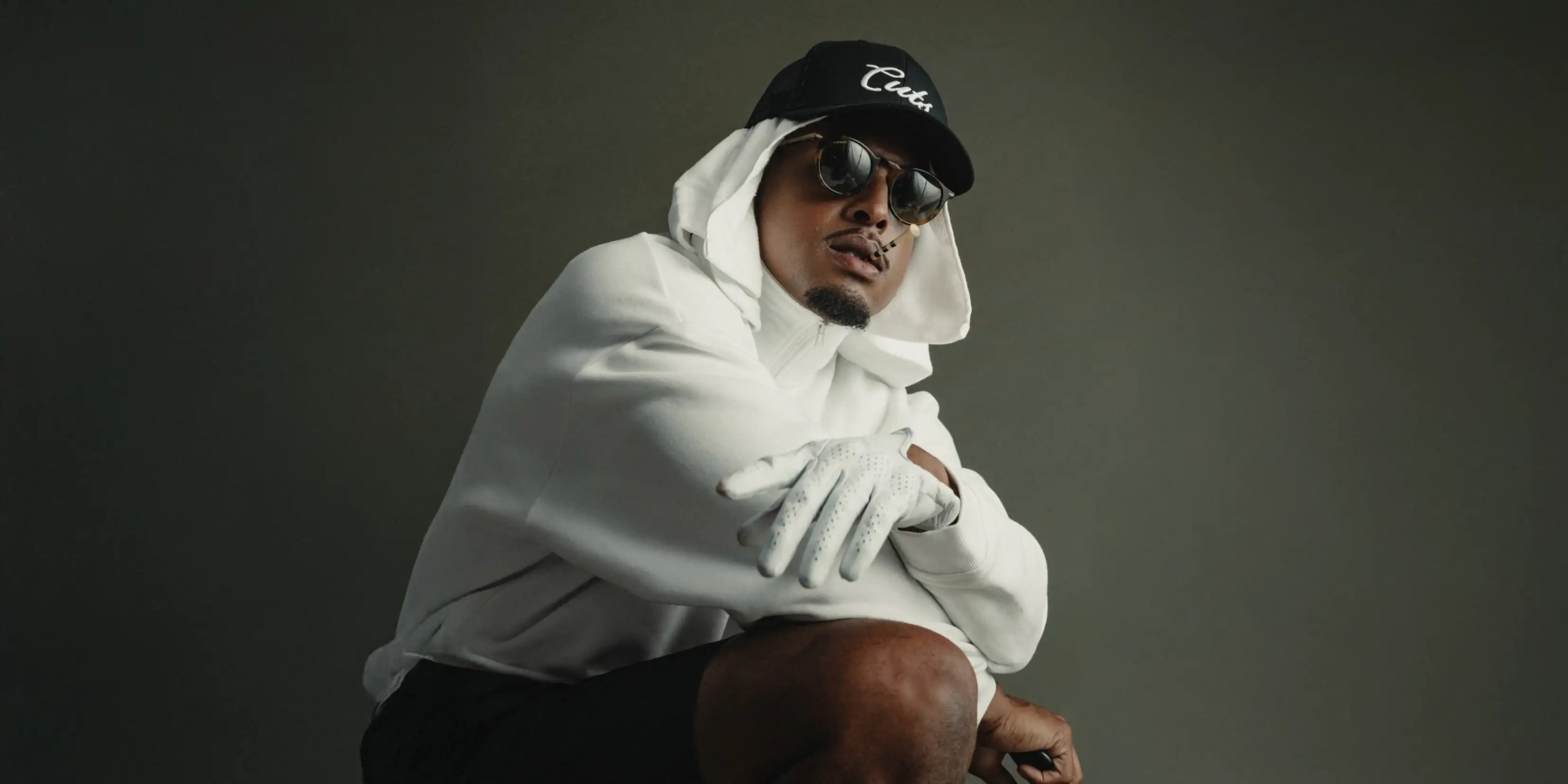
Surviving Near-Death Moments
The early years were full of small wins and big lessons. “In the beginning, got to be really disciplined on finding momentum that isn’t necessarily revenue.” That meant approving samples, hitting Kickstarter deadlines, and getting the first customers excited. But failures came too. “We made our Henleys like sideways and at the time we shipped out like hundreds of units that were just really unwearable,” Steven says. They could not afford refunds. Instead, he promised to replace them later. “A year later I did do that and everyone was like, wow, he was a man of his word.”
Tariffs created a much larger crisis. “Ours went from zero to 58% overnight… we were looking at 60 days of cash runway.” Steven refused to stay quiet. “I wrote a letter to President Trump that went viral… I was on BBC, CNN with Jake Tapper, primetime… the business journal, Financial Times.” The publicity bought time, attracted investors, and kept Cuts alive during what could have been its breaking point.
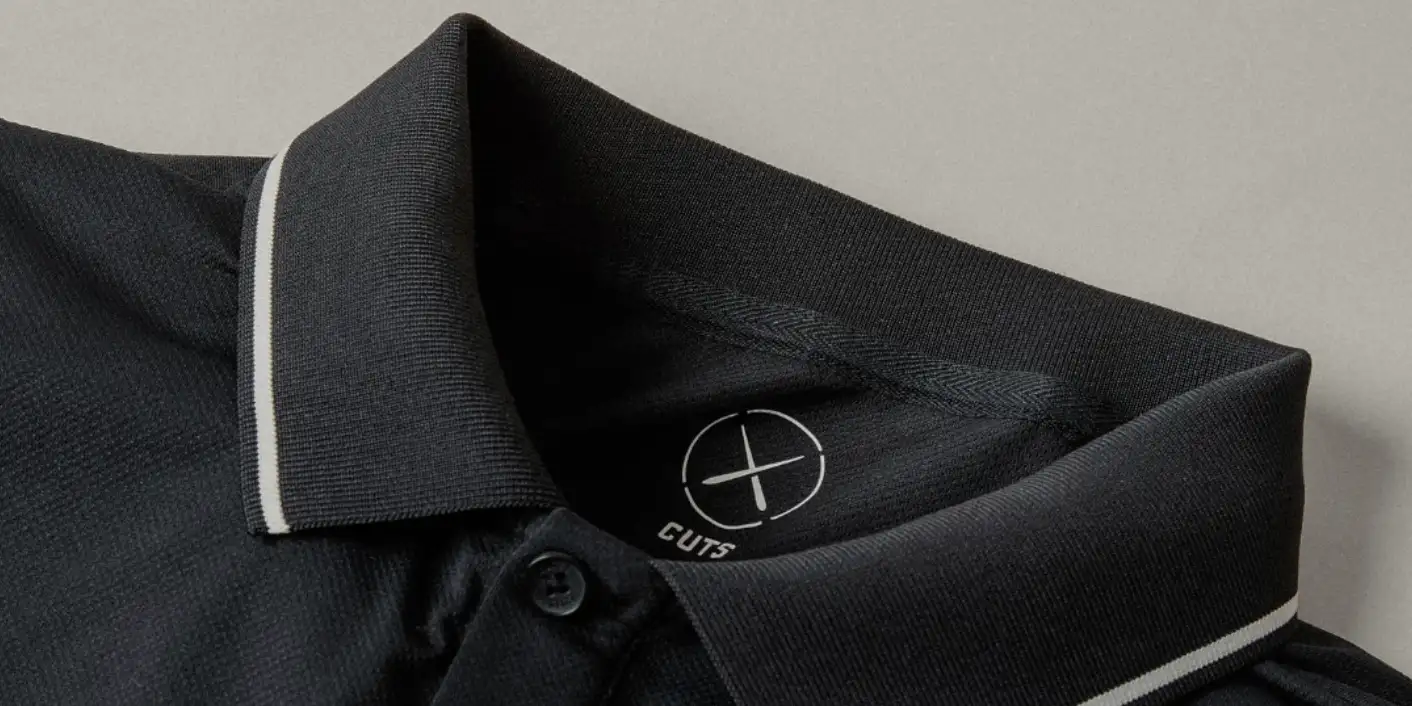
The Flywheel: Programming Growth and Building a Brand
Once Cuts proved the model, the challenge became building repeatable growth. “You’ve got to program your business,” Steven says. “On a monthly basis, four collection drops… core item restocks twice a month… a new product once a month… and four new products every Friday.” The cadence created anticipation and habit. “People need excitement. They need another reason to buy. You got to give it to them.”
Marketing leaned into story over sales. “More like brand stuff… narrative based ads are doing much better.” The Jeremy Piven spot, styled like an Entourage scene, became a breakout moment. “If you watched the ad, it was essentially Ari Gold… it was incredible.” From there, brand ambassadors became a powerful part of the flywheel. “He was actually a fan of the brand for many years,” Steven says about Piven. That authenticity made the partnership hit. Over time, A-list athletes, entertainers, and creators slid into Cuts’ DMs. “Our DMs might be the most A-list DMs on the internet because we get people that are A-list athletes, entertainers, muscians, and content creators… everyone needs a black tee.”
By anchoring itself in narrative campaigns and authentic celebrity support, Cuts transformed from a DTC startup into a lifestyle signal embraced by both everyday customers and household names.
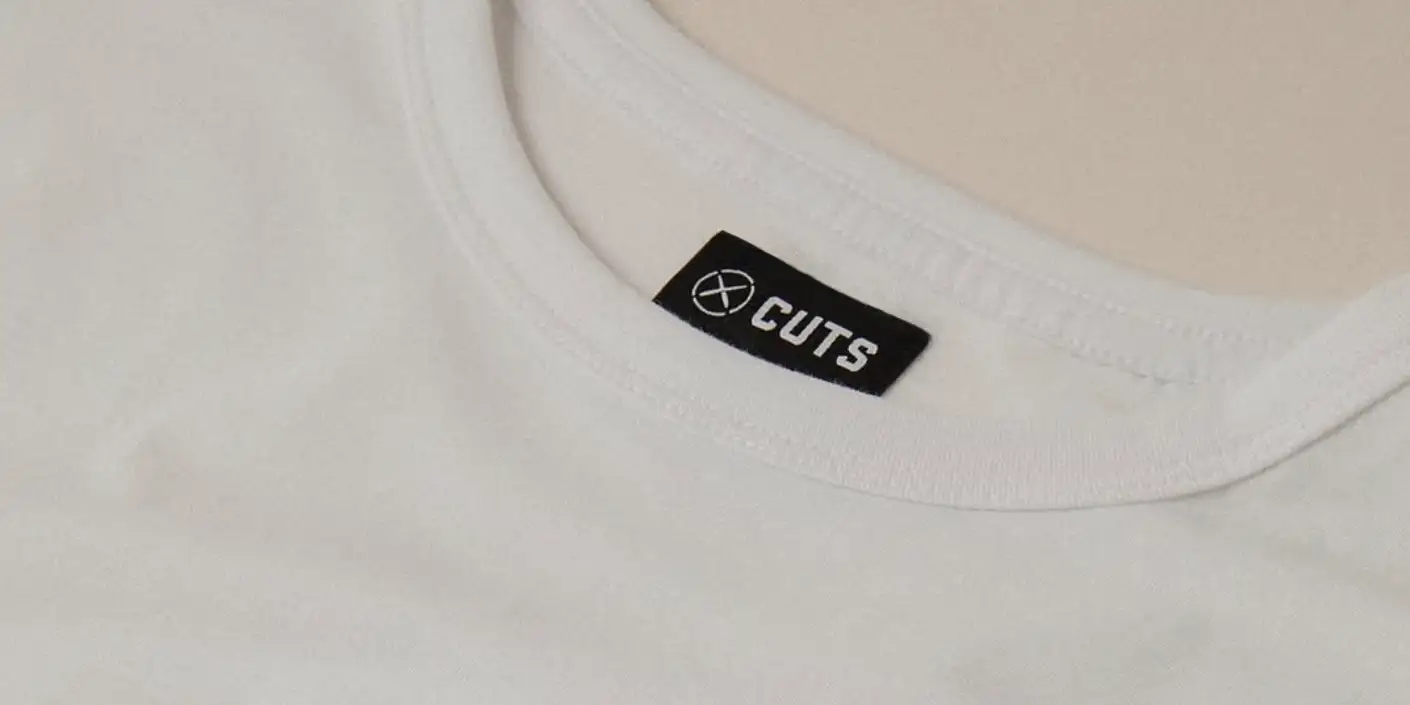
Discipline, Focus, and the Long Game
Growth invites distraction. Steven’s mantra is to resist it. “Don’t have shiny objects in your room,” he says. “To this day, our number one fabric is our number one fabric from the day we launched.” In the early years, that discipline translated into one product: the t-shirt. With three bottom cuts, three collars, and multiple sleeve lengths, Cuts built variety without expanding into dozens of categories. That singular focus created a major growth advantage. The team could operate more efficiently, concentrate production on one fabric, and direct all of its marketing toward a single hero item.
Steven reflects on those days with pride. “We just did one SKU really good… we probably sold as many tees as Lululemon did.” While legacy brands like Lululemon spread their budgets across leggings, sports bras, and outerwear, Cuts funneled everything into building demand for one perfect tee. That focus meant they could move faster, repeat messages, and achieve scale with a lean team and minimal overhead. Inventory discipline remains central. “If we order too many black tees, it’s fine because we have to slow down ordering in the future.” But overbuying seasonal colors can quickly hurt margins. Managing that balance is one of the hardest challenges in apparel.
People choices matter just as much. “Be careful who you work with because one bad egg can really hurt the business,” Steven warns. His advice to his Day Zero self: “Get a really good financial team around you from day one.”
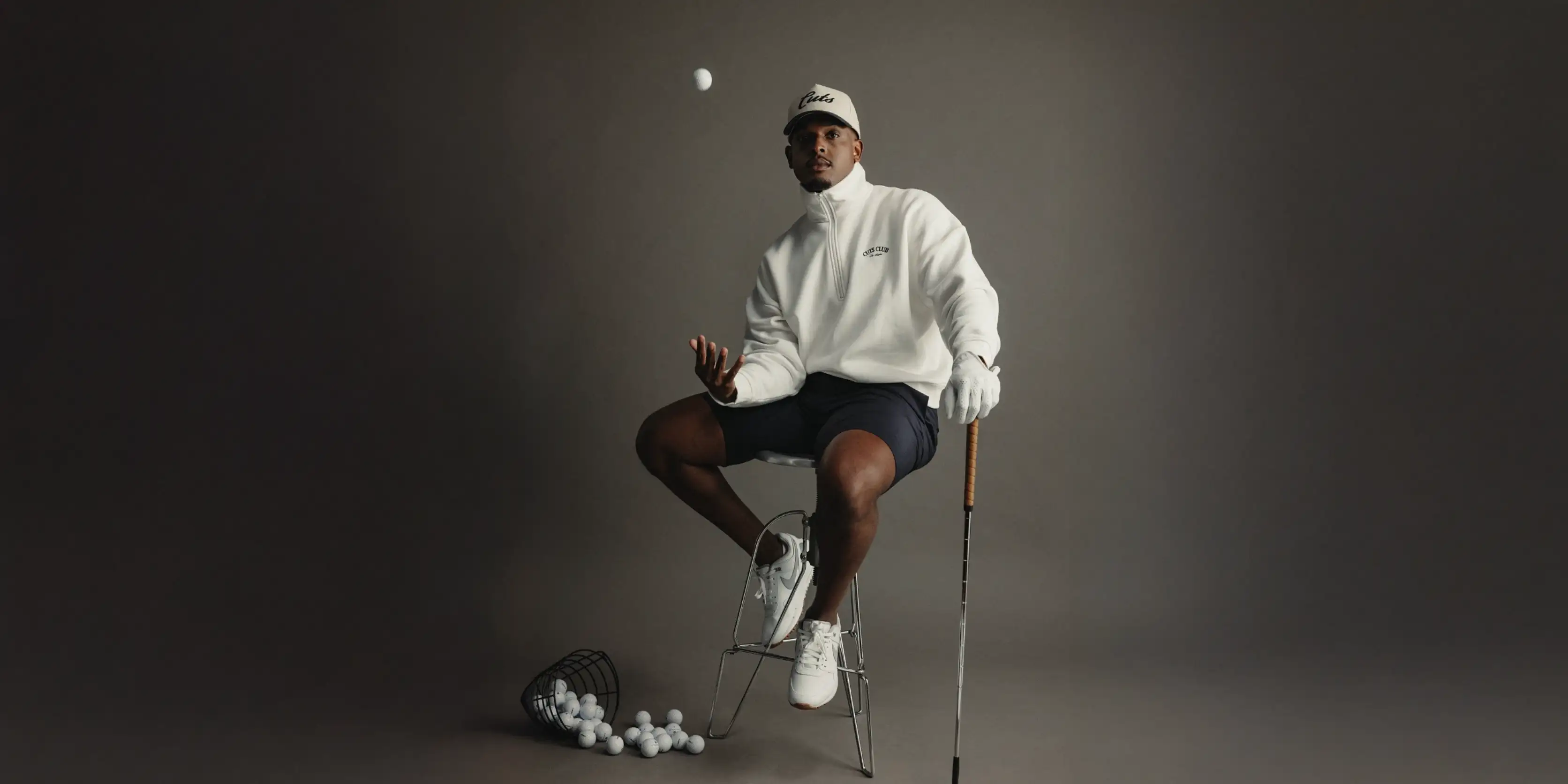
Expanding Beyond Tees
Once Cuts had proven the model with its flagship t-shirts, the brand began a careful expansion into new categories. The same disciplined mindset guided these moves. Instead of chasing trends, Steven and his team looked for natural extensions that aligned with how their customers lived and worked. “We did really our first 50 million with just one fabric,” Steven says. But eventually, demand pulled them into new spaces. First came women’s apparel, meeting the requests of a growing female audience who wanted the same sleek, versatile style Cuts had pioneered for men. Then came golf, tapping into a cultural moment where the sport was becoming a lifestyle choice for a younger generation. “Athleisure, workleisure, everyday clothing that moves with you,” Steven explains. Golf became a perfect expression of that positioning.
Outerwear followed, adding jackets, bombers, and shackets to the lineup. Each new launch fit into the same philosophy: minimalist, functional design with a premium feel. Cuts avoided the pitfall of spreading thin across dozens of categories. Every expansion was measured, with the same focus on fabric quality and fit that made the tees famous. Today, Cuts has grown into a full wardrobe brand, but its foundation remains clear. The tee shirt was the starting point, the proving ground, and the core of the brand identity. Every new category still ties back to the same mission: creating apparel that helps people look sharp, feel confident, and compete in what Steven calls “the winningest sport of business.”

The Founder’s Mindset
Beneath the strategy is a founder’s mindset that has carried the brand through each stage. Steven believes survival comes down to stamina. “A company only dies when the founder runs out of energy.” He teaches his team to approach challenges directly. “If you just have energy and attack problems head on… it can make a big difference in whether your brand can make it over the big challenge.” Ignorance played its role as well. “Sometimes ignorance is an asset, not a liability,” he says. “If you have an idea and you’re going into an industry that can be hard… but you don’t know about those challenges… that’s a blessing.”
The final ingredient is compounding. Small habits create outsized impact. “People need excitement,” Steven says. That is why new drops every Friday are ritual. Ritual becomes retention. Retention funds the next leap. Eight years in, Cuts has weathered near-death moments, scaled into nine-figure revenue, and built a brand that celebrities line up to wear. The system is simple but powerful. One tee became a foundation. Constraints became a moat. And energy turned belief into a business that is only getting started.












